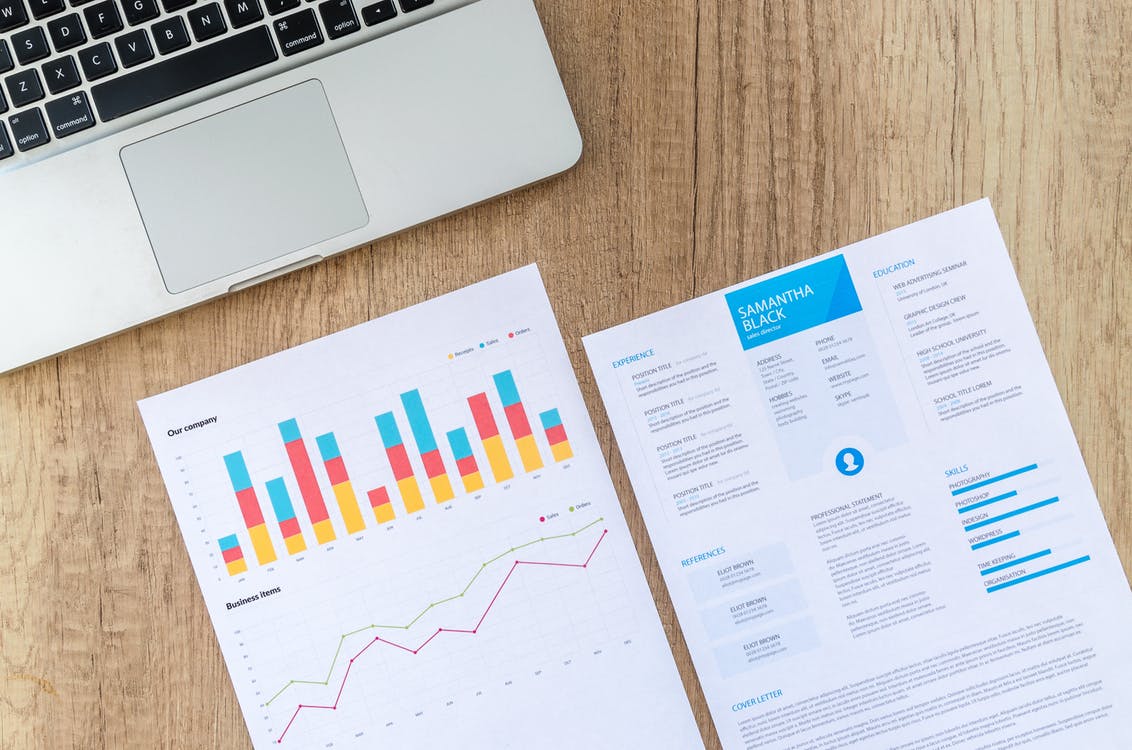 Cart
(0)
Sign In
Cart
(0)
Sign In
The question of whether forecasts are necessary crops up from time to time. The inescapable conclusion is that no matter what type of business you are in, or what function you perform, there is a need for some kind of future estimate upon which to build a plan.
Why Businesses Need Forecasts
These plans are applied to many different areas of the enterprise, which have different needs and objectives.
- Marketing people need forecasts to determine which new products or services to introduce or discontinue; which markets to enter or exit; and which products to promote
- Salespeople use forecasts to make sales plans, since sales quotas are generally based on estimates of future sales
- Managers in the supply chain use forecasts to make production, procurement, and logistical plans
- Finance professionals use forecasts to make financial plans. They also use them to report to Wall Street about their earnings expectations
It is difficult to quantify the benefits of forecasting; however, in the supply chain, there are certain components that can be quantified, showing the benefits of forecasting. One way to measure the benefits of forecasting is to see how much would have been lost if the forecast was not accurate - forecast accuracy is key. Another way to measure them is how much would have been gained (or saved) with improved forecasts.
There are some caveats: forecast errors can result from either under-forecasting or over-forecasting. In under-forecasting, the losses arise from the potential loss of regular and companion products, though increases in production and shipment costs can make up for the shortfalls. In the case of over-forecasting, the losses come from discounts that must be offered to dispose of excess inventory. In addition, obsolescence, transshipments, warehouse costs, and the costs of holding excess inventory can also contribute to these losses. This includes the transshipment of products from one distribution center to another to eliminate excess inventory.
We Surveyed 3 Companies To Assess The Impact Of under- and Over-Forecasting
Improved forecasts reduce losses and increase savings. To quantify savings from improved forecasting in real time, we surveyed ten companies: three in Computer/Technology and seven in Consumer Products. The companies we surveyed had sales volumes anywhere from $100 million to $3 billion (see Exhibit 1).
To quantify savings (or losses) from under-forecasting, we asked companies surveyed to give us information on their:
- Mark-up
- Percentage of sales lost of regular and companion products as a result of under-forecasting
- Percentage increase in production and shipment costs to meet the demand for products that were short in supply
To quantify the losses from over-forecasting, we asked companies surveyed to give us information on their:
- Mark-up
- Percentage of inventory that will be sold at a discount, and the discount to be offered
- Whether some of the products have to be transshipped from one distribution center to another in an effort to dispose of them and their costs
- Whether a certain number of products might become obsolete
- The cost of disposing obsolete products
- The cost of holding excess inventory, as well as its warehouse cost.
Research Supports The Need For Forecasting
In each case, we calculated the savings or losses resulting from just 1 percent improvement in forecasting accuracy. The results exceeded our expectations. We found that Computer/Technology companies could save, on average, $0.97 million a year by reducing the error of under-forecasting by 1 percentage point. In addition, the companies could save $1.58 million a year by reducing the same amount of error in over-forecasting.
The benefits were even greater for Consumer Products companies. They could save, on the average, $3.52 million a year, in the case of under-forecasting, and $1.43 million, in the case of over-forecasting. Again, we emphasize, the savings could be realized by reducing the error by just 1 percentage point. Needless to say, in the early stages of the development of a forecasting function, companies can reduce error by much more than 1 percentage point. As such, the savings from having a forecasting function and supporting it will be far greater than what is shown in Exhibit 1.
Thus, forecasting is not merely necessary. It is vital.
|
EXHIBIT 1 LOSS/GAIN RESULTING FROM 1% REDUCTION IN FORECASTING ERROR (By Industry) |
|||
|
Company |
Sales Volume |
Loss/Gain |
Loss/Gain Resulting |
|
Computer/Technology |
|||
| 1 2 Wtd. Averag |
$1800 270 |
$1.05 0.41 0.97 |
$1.76 0.38 1.58 |
|
Consumer Products |
|||
| 3 4 5 6 7 8 9 10 Wtd. Average |
$3000 2400 1300 900 800 800 307 100 |
$5.08 6.18 0.59 1.24 1.04 0.9 1.01 0.3 3.52 |
$2.06 1.21 1.46 0.92 1.10 0.85 0.98 0.90 1.43 |









